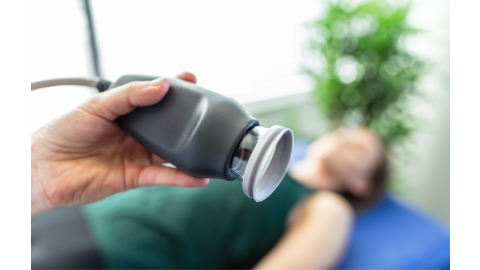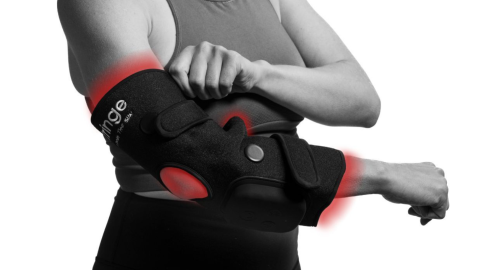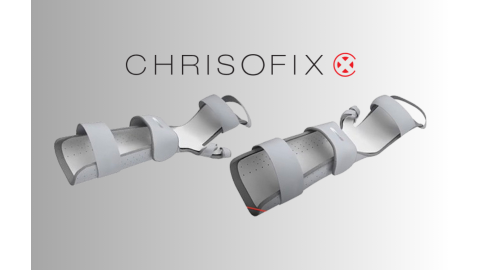COVID-19 has changed the way everyone acts as they go about their daily lives. From cooking at home more or getting delivery instead of heading to restaurants, to finding alternatives as school moved online and concerts and other activities were cancelled.
As stay-at-home orders end in many places around the U.S. and states move into different phases of reopening, your first question may be “What activities are safe to do?” or “How do I stay safe and reduce my chances of contracting COVID-19 while going to the salon, spending the day at the beach, etc. ?” Or perhaps you want to review the basics on what to do while grocery shopping or getting gas.
This guide offers tips on how to run errands or enjoy activities while reducing your chances of getting or spreading the coronavirus.
For easy use, this guide is divided into 5 key sections:
- What is COVID-19?
- Common Infection Prevention Measures for COVID-19
- Best Practices for Essential Errands and Activities
- Best Practices for Outdoor Activities
- Best Practices for Indoor Activities
What is COVID-19?
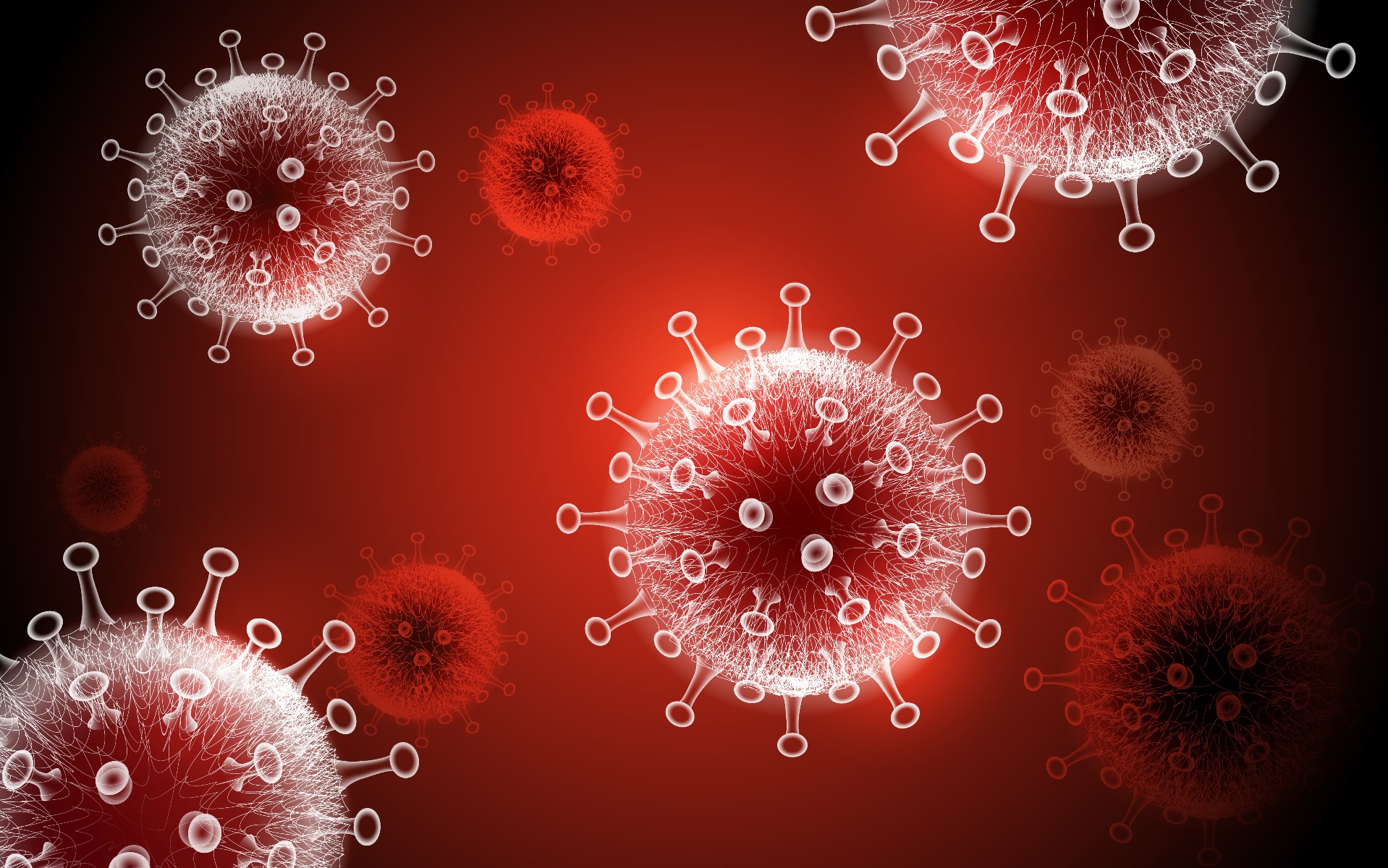
COVID-19 stands for Coronavirus Disease 2019. It is a newly identified coronavirus first identified in Wuhan, China. The respiratory disease can cause mild symptoms or severe illness or even death.
Symptoms include fever or chills, cough, difficulty breathing or shortness of breath, fatigue, loss of smell or taste, muscle or body aches, headaches, sore throat, runny nose or congestion, nausea or vomiting, and diarrhea.1
The disease is primarily spread person-to-person. It’s spread through respiratory droplets produced when an infected person sneezes, coughs, or talks and the droplets land in the mouths or noses of people nearby or are inhaled into the lungs.2
COVID-19 can be spread by infected people who are asymptomatic (not showing symptoms) or presymptomatic (not yet showing symptoms).
Learn more about how to prevent the spread of COVID-19 in this video!
Common Infection Prevention Measures for COVID-19
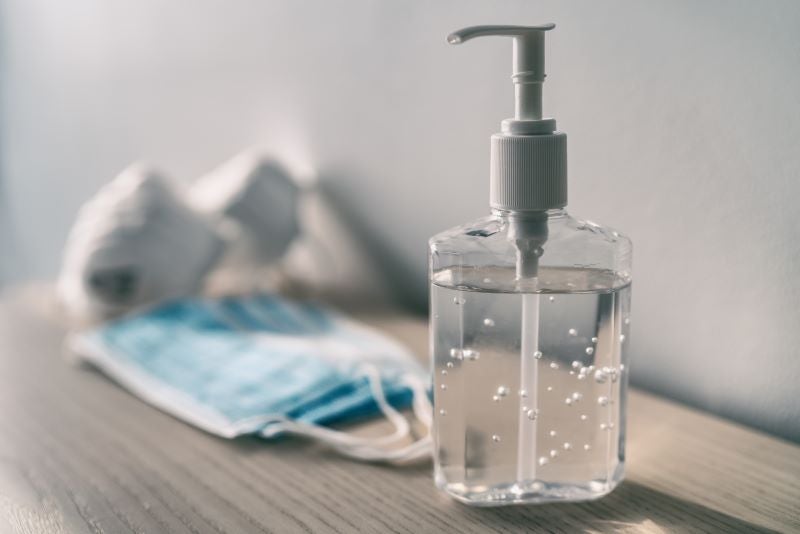
There are common steps you can take to help slow the spread of COVID-19 and protect yourself and those around you during all errands and activities when you need to be in contact with people outside of your household. These practices should all be practiced at the same time.
Social Distancing
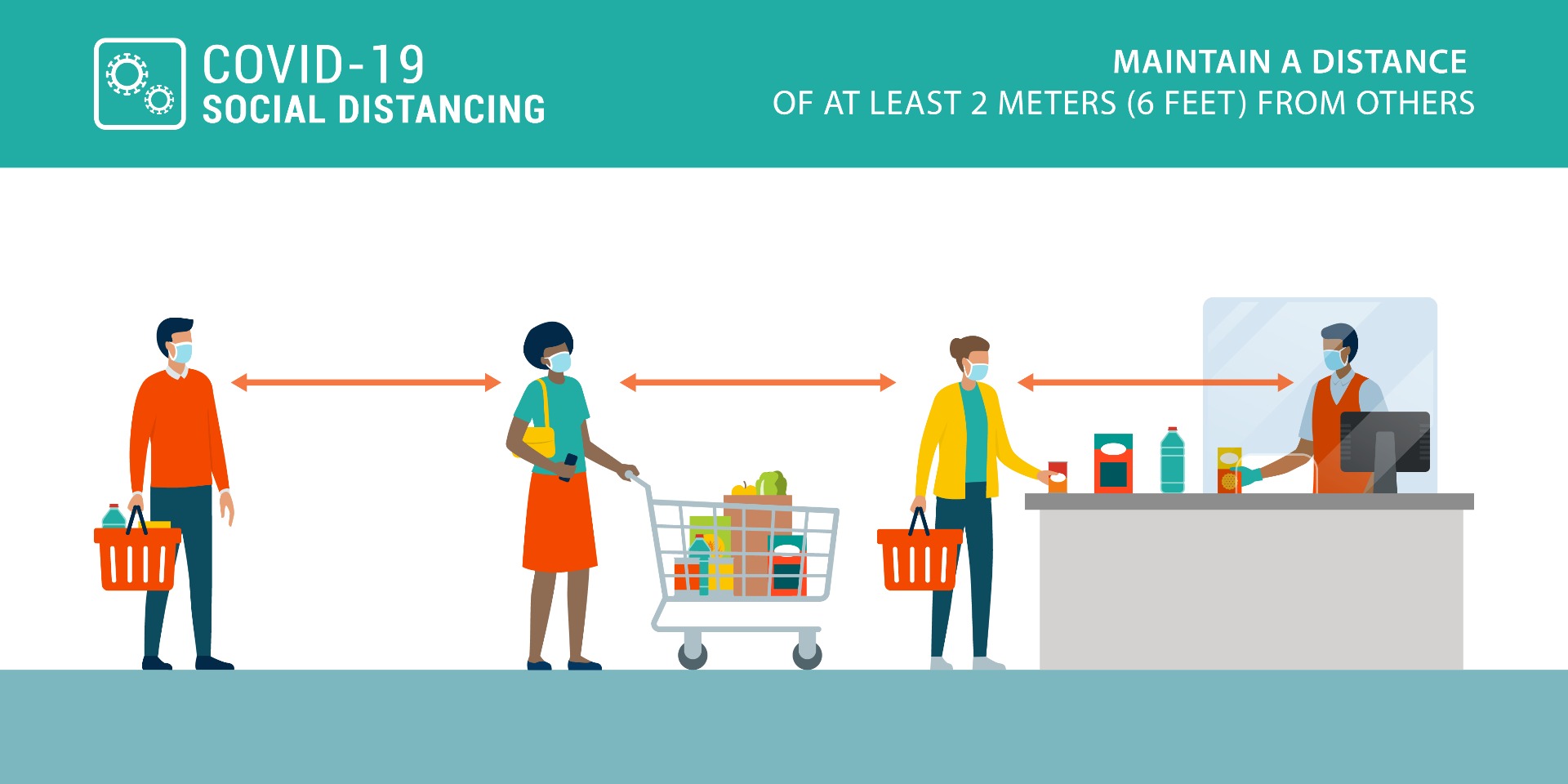
Social distancing means staying at least 6 feet away from people who aren’t in your household in both indoor and outdoor spaces. This physical distancing helps prevent the spread of COVID-19, since it is primarily spread by close contact (less than 6’) with infected people and can be spread before the infected person has any symptoms.3
Masks

Wearing a cloth face mask can help prevent the wearer from spreading COVID-19 to others.4 They help “catch” infected respiratory droplets. It’s important to wear one because you could be presymptomatic or asymptomatic and not know you are infected and could possibly be spreading the disease.4
When you wear a face mask you protect friends, family, and others around you and when they wear a face mask they help protect you. A cloth face covering should be worn in public places when you are around people who aren’t in your household.4 A face mask should NOT be worn by children younger than 2, people with trouble breathing, and those who can’t remove them independently.
Surgical masks and N95 respirators should be reserved for healthcare workers and first responders.4
Learn more about face masks in this article, Face Masks 101: Why & How to Wear One, Types, & More .
Hand Hygiene
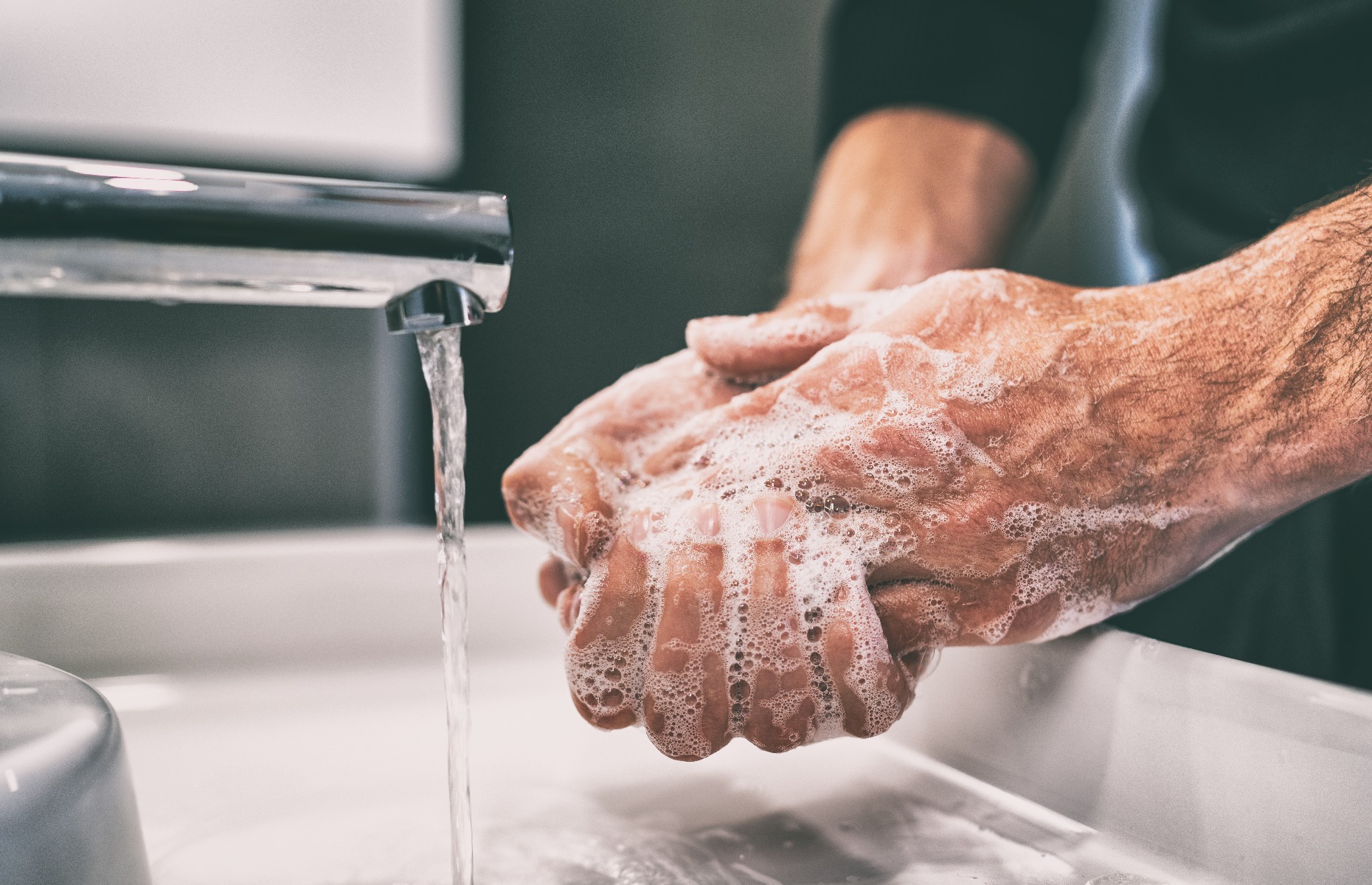
Hand washing is a key step in preventing the spread of disease. During the COVID-19 pandemic the CDC recommends washing your hands after being in a public place and touching items that may have frequently been touched by other people (door handles, gas pumps, shopping carts, cashier register screens, etc.) and before touching your eyes, nose, or mouth.5
When washing your hands, you should wet them, apply soap, and scrub for at least 20 seconds (for an easy timer, sing the Happy Birthday song twice).5
Using soap and water is the best way to get rid of germs. But if they are not available, you can use an alcohol-based hand sanitizer that is at least 60% alcohol.5
Best Practices for Essential Errands and Activities
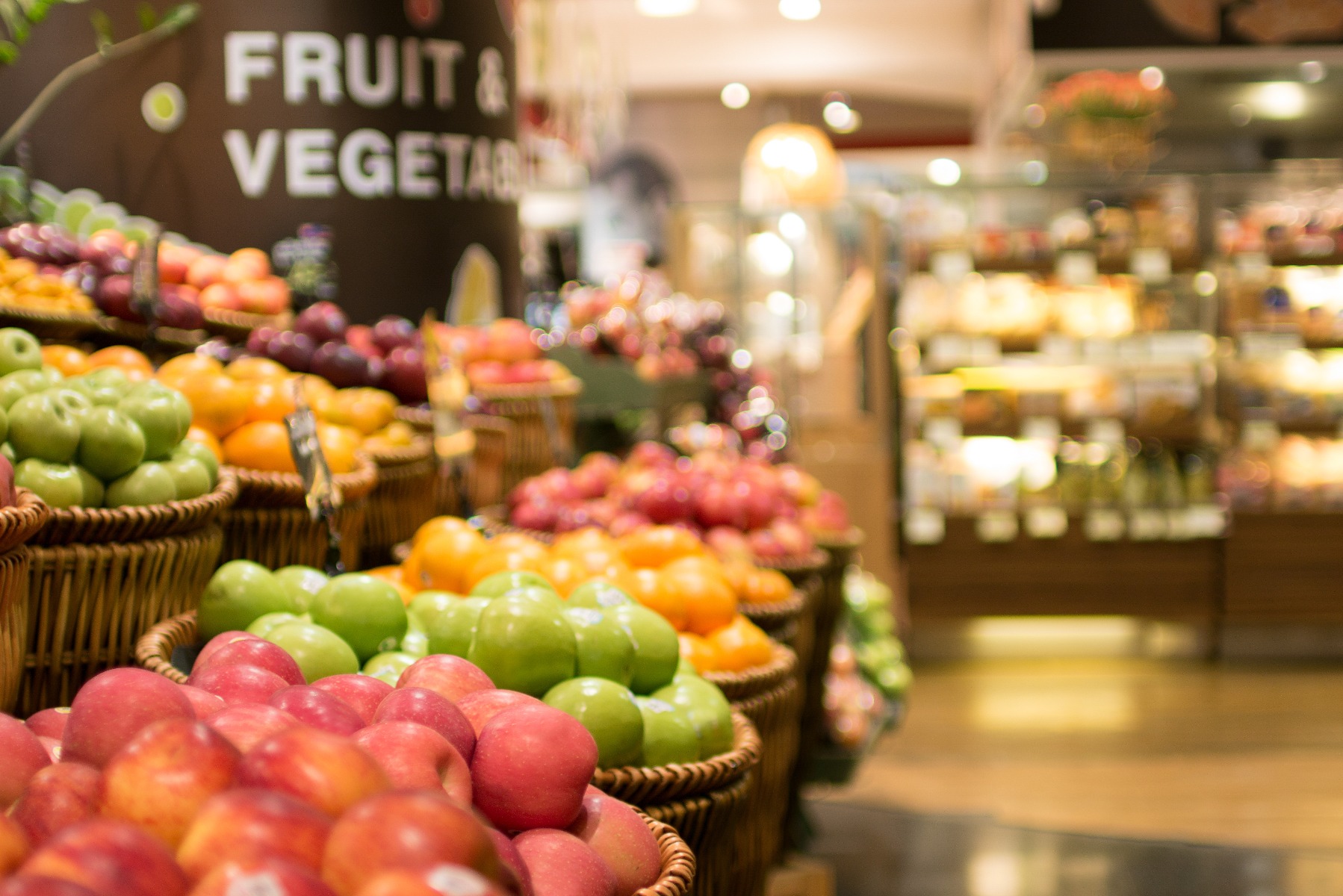
Looking for tips on how to stay safe while running essential errands? From shopping for groceries to pumping gas to picking up food to-go, learn some tips on how to reduce your chances of getting or spreading COVID-19.
- Grocery Shopping
- Gas Stations
- Banks
- Doctor Visits
- Pharmacies
- Restaurants: Dining In, Pickup, or Delivery
- Transportation
- Travel
- Places of Worship
Grocery Shopping
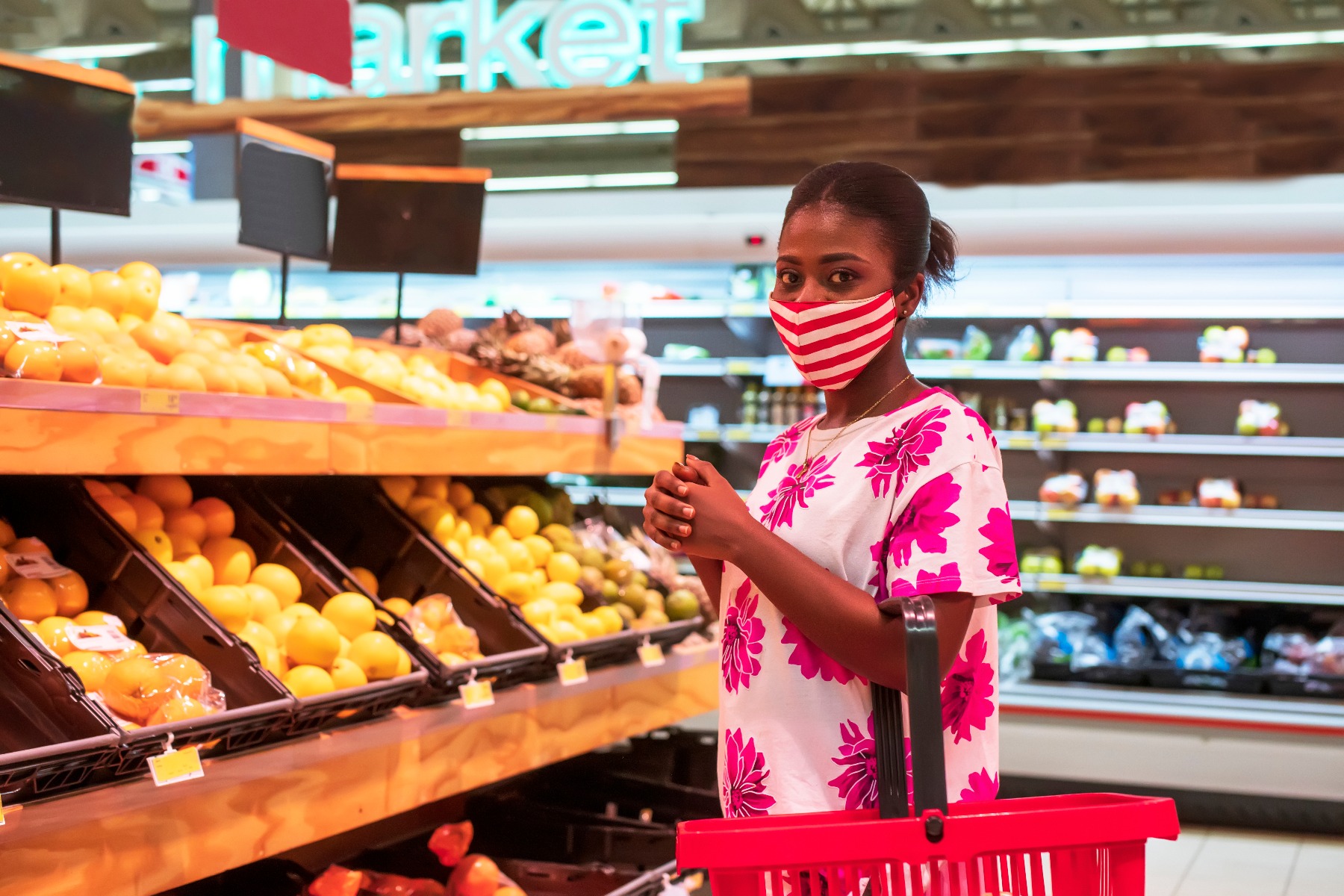
Stocking up on groceries? Read these tips before you head to the store.6,7
- Stay home if you are sick
- Order online for home delivery or curbside pickup if possible to limit your exposure to other people
- When shopping for groceries, remember to:
- Social distance - stay at least 6 feet away from others
- Wear a cloth face covering
- Disinfect the shopping cart with disinfecting wipes
- Go during hours when less people will be there (like early in the morning or late at night)
- If you’re at a higher risk, see if the store has special hours for people at a higher risk and try to shop then
- Don’t touch your eyes, nose, or mouth
- Create a shopping list in advance
- Use touchless payment if possible. If you need to use cash, a card, or touch a keypad, use hand sanitizer right after paying.
- Use hand sanitizer after leaving the store
- Wash your hands when you get home
- If you use reusable shopping bags, make sure they are cleaned or washed before each use
- Wash your hands again after putting away your groceries
Do you need to wipe down or otherwise disinfect your groceries after bringing them home?
The U.S. Food and Drug Administration (FDA) states that “There is no evidence of food packaging being associated with the transmission of COVID-19. However, if you wish, you can wipe down product packaging and allow it to air dry, as an extra precaution.”7 The CDC states that “Currently, no cases of COVID-19 have been identified where infection was thought to have occurred by touching food, food packaging, or shopping bags.”8
When unpacking groceries remember:8
- Refrigerate or freeze meat, seafood, eggs, and other perishable foods within 2 hours of purchasing
- Do NOT use hard surface disinfectants (like bleach or ammonia) on food packaged in cardboard or plastic wrap
- Do NOT wash produce with soap, bleach, hand sanitizer, alcohol, disinfectant or any other chemical. Gently rinse under cold running water or scrub under cold running water if it is a firm uncut product (potatoes, melons, etc.) even if you do not plan to eat the rind/skin.
- Clean the lids of canned goods before opening them
Gas Stations
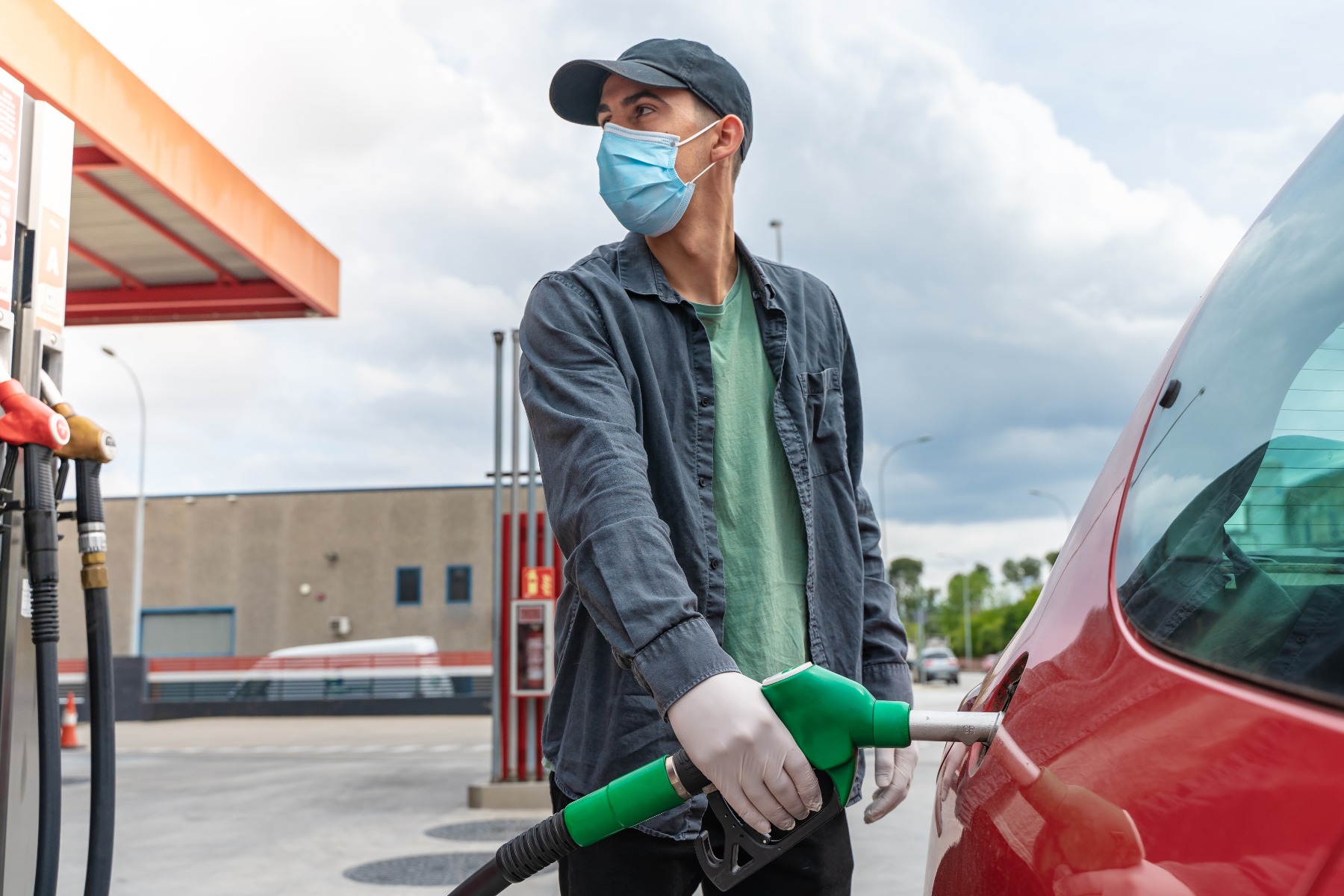
What’s 15,000 times more contaminated than a toilet seat? A 2015 study by Kimberly-Clark found that a gas pump handle is 11,000 times more contaminated than a toilet seat and gas pump button is 15,000 time more contaminated.9
Dr. Stephen C. Threlkeld, an infectious specialist with Baptist Health System “likes to say, if you pump gas and you don’t wash your hands or sanitize your hands afterwards, you are just shaking hands with about 200 people.”10
To prevent the spread of COVID-19 and other diseases when you are getting gas:6
- Practice social distancing
- Wear a cloth mask
- Use disinfecting wipes on the gas pump hands and buttons before you touch them
- Use hand sanitizer after refueling
- Wash your hands with soap and water when you get home
Banks
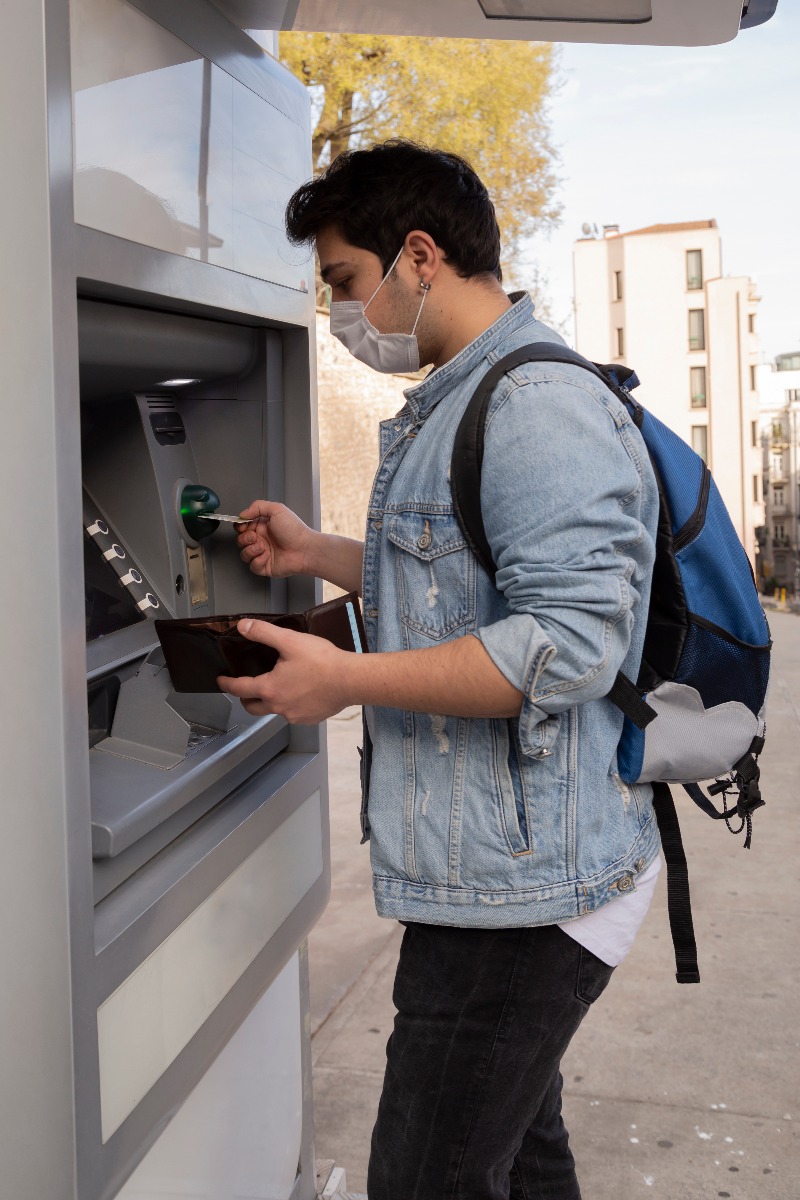
Need to head to the bank? Bank online when possible and follow these tips:
- Ask about online or phone options to use banking services
- Use drive-through services, ATMs, or mobile banking apps when possible to reduce face-to-face contact
- Wear a cloth face covering and attempt to practice social distancing when in the bank
- Look for extra prevention measures in the bank including plexiglass barriers between tellers and customers, staff wearing face masks, and social distancing signs
- Use hand sanitizer after any deposit, withdrawal, exchange, ATM use, or drive-thru visit
- Wash your hands with soap and water when you get home or to your next destination
Doctor Visits
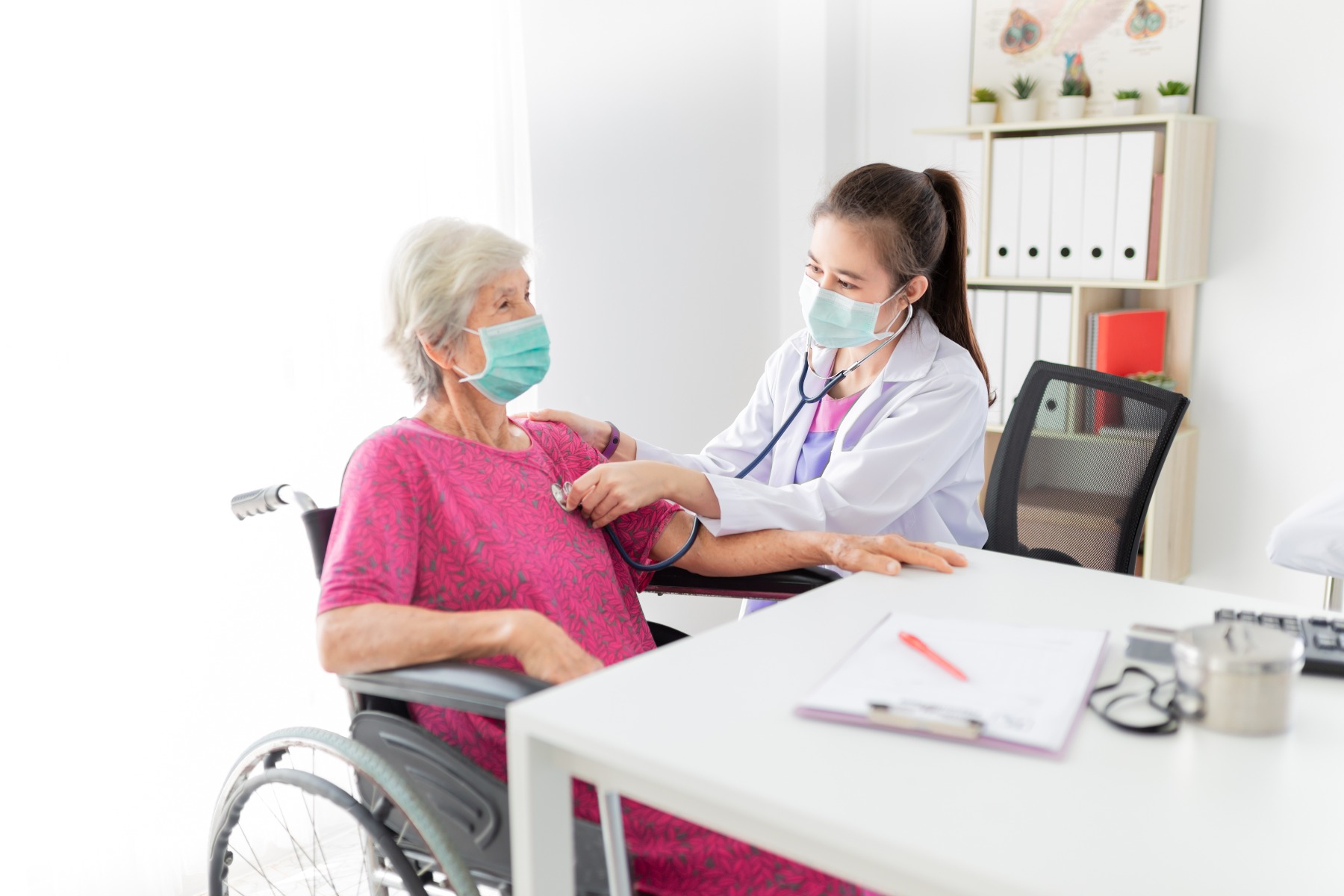
Wondering whether you should reschedule your doctor’s appointment or visit while taking precautions? Talk to your doctor about your options and follow these tips!11
- When possible, talk to your doctor online, by phone, or email using telemedicine when possible
- Talk to your doctor about rescheduling non-urgent procedures
- When visiting in person, wear a face mask, practice social distancing, use touchless payment methods when possible, use hand sanitizer after leaving the doctor’s office or clinic, and wash your hands when you get home
- If you think you have COVID-19, contact your doctor or healthcare provider before your visit and follow their instructions
Watch this CDC video to learn more about getting medical care and visiting the doctor!
Pharmacies
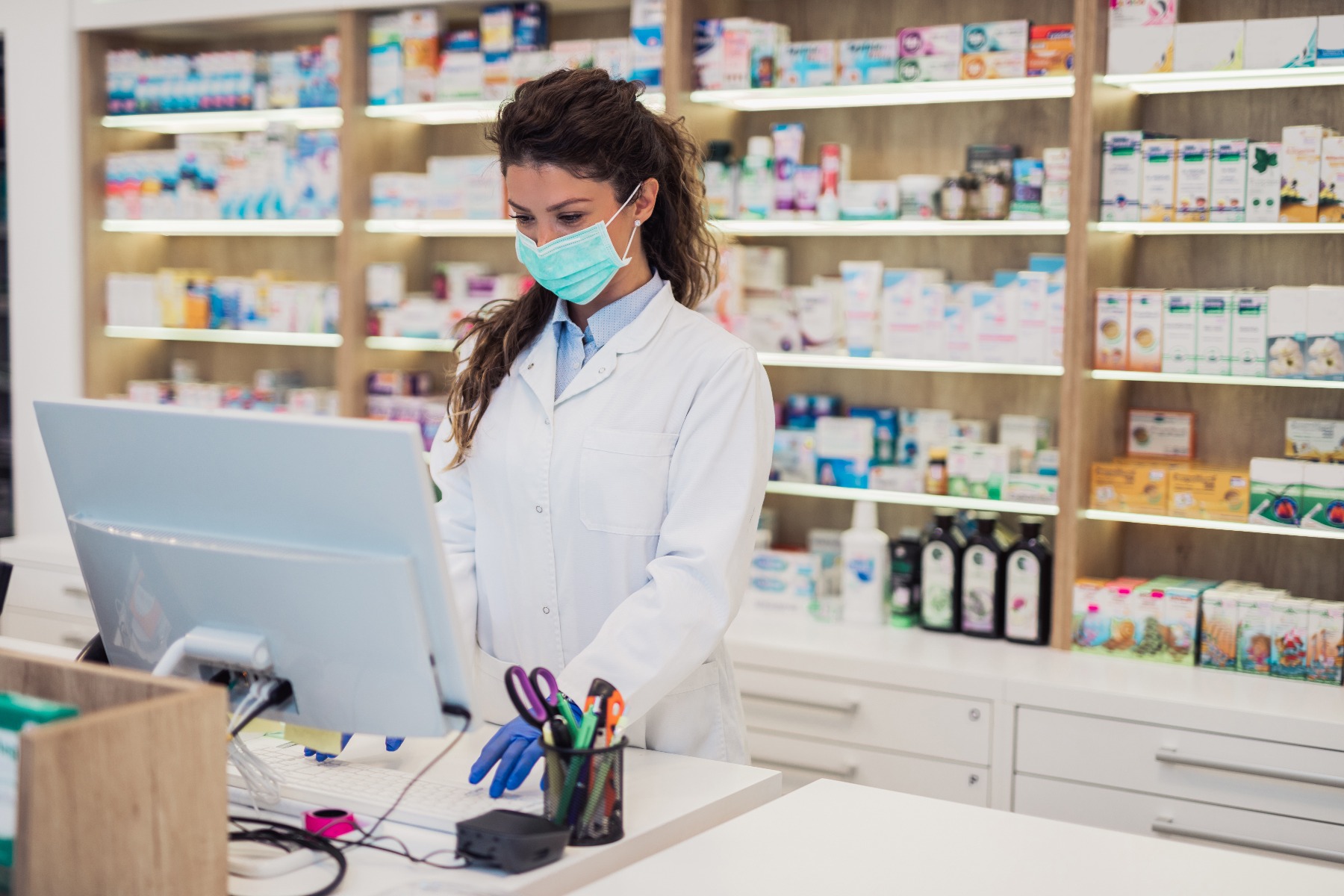
The CDC recommends limiting in-person visits to the pharmacy. Other tips include:11
- Order and pick up all of your prescriptions at the same time
- If possible, call in your prescriptions ahead of time
- Use mail order, drive-thru, curbside pickup, or other delivery services when possible
- Do the same for your pet’s medications
- Talk to your doctor and pharmacist to see if you can get a larger supply of your medication so you don’t have to visit the pharmacy as often
- If you must go in person, wear a face mask, practice social distancing, and wash your hands afterwards
Restaurants: Dining In, Pickup, or Delivery

The Centers for Disease Control states that “The risk of getting COVID-19 from food you cook yourself or from handling and consuming food from restaurants and takeout or drive-thru meals is thought to be very low. Currently, there is no evidence that food is associated with spreading the virus that causes COVID-19”.8
When picking up food or interacting with a delivery person, wear a cloth face mask and use hand sanitizer or wash your hands after receiving your food.
When dining at a restaurant, here are some COVID-19 prevention tips:12
- Check the restaurant’s website or social media or call to see if they have updated their information to address COVID-19 safety guidelines. For example, ask if all staff, including your server, will wear a cloth face covering while at work.
- Ask about self-park options to avoid the need for a valet service
- When possible, sit at outside tables spaced at least 6 feet apart from other people
- Wear your cloth face mask as much as possible when not eating or when indoors (including if you head inside to use the restroom)
- Maintain a proper social distance if dining with other people who don’t live with you
- Maintain a social distance of at least 6 feet when in hallways, waiting areas, etc.
- When possible, choose plated meals, not buffets or self-serve food and drink options
- This helps limit the use of shared serving utensils, buttons, and touch screen
- Use touchless payment methods when possible
- Wash your hands for at least 20 seconds when entering/exiting the restaurant. If soap and water isn’t available, use hand sanitizer and wash your hands when you get home
- Before using the bathroom, make sure there is adequate soap or hand sanitizer available
If you own or work at a restaurant, check out these tips!
Transportation
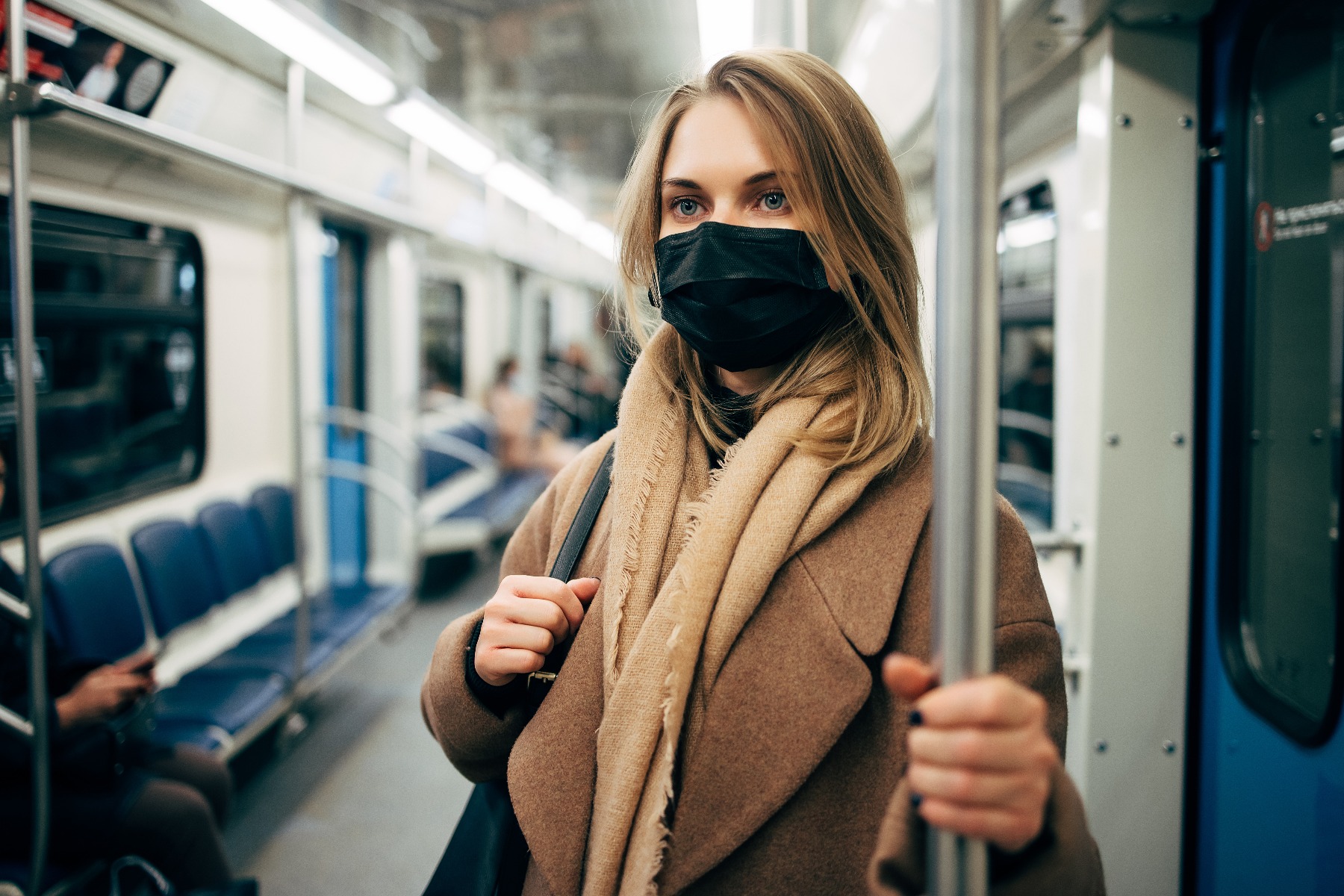
When commuting and taking other types of transportation there are several tips you can follow to reduce your chances of getting COVID-19.13
- Stay home when sick
- Limit your travel
- When possible, use your personal vehicle to avoid public transportation and reduce exposure to people who are not living in your household
- Wash your hands before leaving and after arriving at your destination, use soap and water if available or hand sanitizer if it is not available
- Avoid touching your eyes, mouth, or nose
- Wear a cloth face mask
- Try to practice social distancing when possible. For example, practice social distancing when waiting at bus or train stops, sit with a row between you and other bus or train passengers, and sit in the back seat of taxis or rideshare vehicles
- Improve ventilation by asking the driver to open car windows
- Enter or exit through rear bus doors
- Avoid touching services frequently touched by others including car door handles, windows, ticket machines, turnstiles, kiosks, handrails, benches, elevators buttons, etc. and use hand sanitizer
- Use touchless payment when available
- If using a shared bike, scooter, or other device, use disinfecting wipes on the handlebars, brake handles, locks, or other shared equipment
Travel

When travelling during COVID-19, there are a number of things you should consider including:14
- State and local travel restrictions
- Mandated quarantines upon arrival
- Mandated quarantines when you arrive home
- Stay-at-home or shelter-in-place orders
- Is COVID-19 spreading where you are travelling to? You could risk getting sick.
- Is COVID-19 spreading where you are travelling from? You could risk getting others sick while travelling, even if you don’t have symptoms.
- Will you come in contact with other people within 6 feet during or after your trip?
- Are you at a greater risk for getting very ill from COVID-19? If you are at an increased risk, you should limit your travel.
- Is someone you live with at a greater risk for getting very ill from COVID-19? You could infect them upon your return, even if you don’t have symptoms.
- If you get sick with COVID-19, you will need to miss work or school until you are no longer infectious.
- How will you travel?
- Air travel: Security lines and terminals bring you in close contact with others and surfaces/objects they may have touched. When on the plane, most viruses don’t spread easily because of the air circulation and filtration system. But if you can’t social distance because of your seat, sitting near others may increase your risk of exposure to COVID-19.
- Bus or train travel: These forms of transportation may require you to be less than six feet apart from other passengers.
- Car travel: Stops for gas, food, or bathroom breaks put you in close contact with other people and surfaces.
- RV travel: While you may have less food or bathroom stops, staying in RV parks and stopping for gas and supplies may put you in close contact with others.
If you travel:12,14
- Wear cloth face coverings and practice social distancing
- Call the hotel before you go and ask about their COVID-19 prevention practices
- Do they offer online reservations and check-ins? Mobile room keys? Contactless payment?
- Do all staff wear cloth face coverings while at work?
- Are there extra prevention measures in place? (plexiglass barrier at the check-in desk, social distancing signs in the lobby, limits on elevator occupancy, etc.)
- Ask about updated cleaning policies on frequently touched objects, like TV remotes, elevator buttons, door knobs, room keys, ice/vending machines, light switches, tables, etc.
- Minimize areas that may lead to close contact of less than 6 feet (patios, dining areas, game rooms, pools, hot tubs, spas, fitness centers, salons…)
- Take the stairs or wait until you can use the elevator by yourself or only with others in your household
- Request contactless delivery for room service
- Pick up food at drive-thrus or curbside restaurants
- Clean your hands often with soap and water or use hand sanitizer when not available, especially after being in a public place, touching surfaces touched by others, after blowing your nose, coughing, or sneezing, or before touching your face or eating
- Pack enough medication to last your entire trip, alcohol-based hand sanitizer, a cloth face mask, and food and water
Learn more about how to stay safe while traveling and commuting!
Places of Worship
For many people, coming together at their place of worship is a crucial part of their faith, but different states have different orders regarding places of worship and whether they are an essential in-person activity. During the pandemic, some religious institutions have come out in support of suspending in-person religious gatherings. In some states places of worship have special exemptions even during stay-at-home orders. In other states, churches, synagogues, mosques, and other places of worship must follow the same public gathering guidelines as other public places (such as limiting to 10 people, 50 people, or whatever the state guidelines are).15
As places of worship resume in-person gatherings, following these tips, as faith traditions allow, can help reduce the risk of COVID-19 spreading among staff and congregants:16
- Stay home if you are sick
- Wash your hands with soap and water or with alcohol-based hand sanitizer following good hygiene practices
- Wear a cloth face covering (not to be worn by children under 2 years old or people with trouble breathing or who can’t remove the mask independently)
- Practice social distancing
- Choose pre-packaged food over buffet or family style options
- Bring your own prayer books, hymnals, etc. if possible
Places of worship can also take steps to reduce the spread by:16
- Holding services online
- Ensuring they have an adequate supply of soap, hand sanitizer, tissues, and no touch trash cans
- Encouraging staff and congregants to cough or sneeze into a tissue or the inside of their elbow, and then to wash their hands
- Posting signs highlighting the importance of hand hygiene, cloth face masks, social distancing, and other protective measures
- Cleaning and disinfecting frequently touched surfaces and objects
- Scheduling services far enough apart that you can clean and disinfect in between them
- Increasing outdoor circulation by opening doors and windows and using fans
- Hold services and gatherings outdoors if possible
- Provide physical guides, like tape on the floor, to help everyone stay six feet apart
- Temporarily limit the use of shared, frequently touched materials including worship aids, prayer rugs, prayer books, hymnals, religious texts, etc. and instead use photocopied or projected prayers, songs, or texts
- Instead of passing shared collection boxes, consider using a stationary collect box or electronic means to collect financial contributions
- Consider limiting physical contact (hand shakes, hugging, kissing) among faith community members
- Offer pre-packaged food options instead of buffet or family-style meals
- Limit the size of gatherings (including services, funerals, weddings, religious education classes, youth events, support groups and any other programming) in accordance with the guidance and directives of state and local authorities
- If nursery or childcare services will be provided, review the CDC’s information on childcare
- If holding summer day camp (like Vacation Bible School or other religious camps) review the CDC’s information on youth summer camp
Best Practices for Outdoor Activities

As the weather warms up, you may be hoping to head to the beach or the park. Get ready for outdoor activities by following these prevention tips!
Beaches and Pools

Looking to beat the summer heat? If you’re heading to the beach or pool, follow these tips to help reduce the spread of COVID-19:17
- Stay home if you are sick
- Practice social distancing and stay at least 6 feet away from people who are not a part of your household, both in and out of the water
- Wear a cloth face mask when you are not in the water
- Don’t share items (towel, noodles, floats, buckets, sand shovels, goggles, sunscreen, toys, food, etc.) with people you don’t live with
- Wash your hands often with soap and water, or with hand sanitizer if it is not available
- Contact the public pool, beach, or lake to see what prevention measures have been put in place (Are they disinfecting lounge chairs, life jackets, and other shared objects between uses? Are they limiting occupancy in bathrooms and changing areas? Are they posting signs? Are they marking off beach areas to promote social distancing? etc.)
- Avoid crowded swim areas, hot tubs, beaches, pools, splash areas, and water playgrounds where you can not stay at least six feet away from others
If you own an aquatic facility or work at one, check out these tips!
Parks
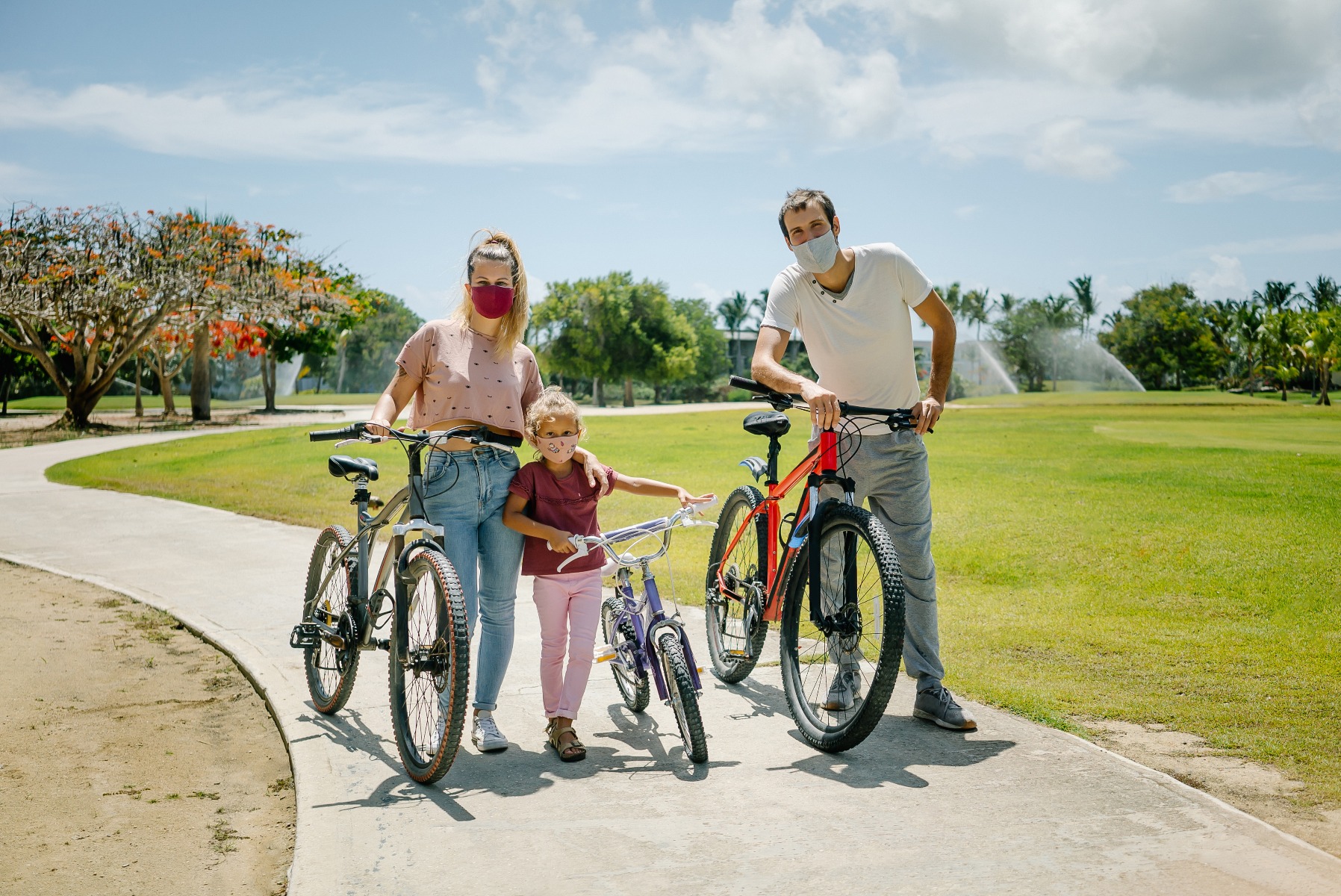
If you’re heading outdoors to the park, be sure to follow these tips:18
- Stay home if you are sick
- Visit parks that are close to your home
- Practice social distancing, wear a mask, and wash your hands or use hand sanitizer after touching frequently touched surfaces/items, after going to the bathroom, before eating, and after blowing your nose, coughing, or sneezing
- Check with the national, state, or local park to see if they are open and if facilities like bathrooms, concessions, and playgrounds are open
- Carefully consider use of playground equipment and ensure your children follow guidelines. Playgrounds can be crowded making social distancing difficult, hard to clean and disinfect, and can spread if children touch contaminated equipment and then their own nose, mouth, or eyes.
- Don’t visit crowded parks where social distancing cannot be maintained
Cookouts and Outdoor Gatherings
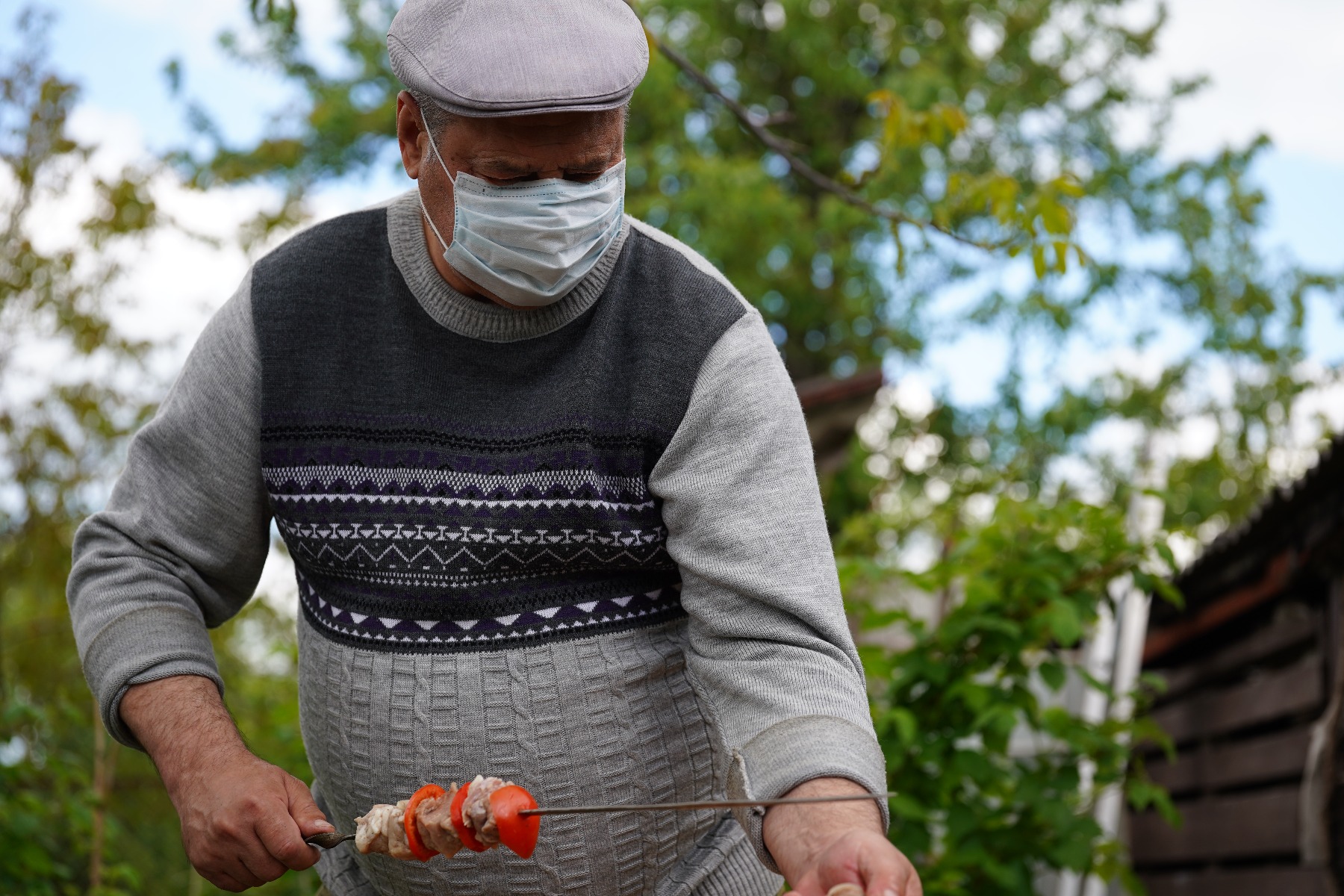
Summer often means barbeques and campfires, but if you choose to get together with guests, check out these tips first:12
- Follow local, state, and federal guidelines on gatherings and group sizes
- Stay home if you are sick, if you’re the host remind guests to stay home if they are sick
- Host the gathering outdoors if possible, if indoors make sure the room is well ventilated by opening a window or door and using fans
- Keep a guest list so it can be used for contact tracing if needed in the future
- Arrange tables and chairs so people from different households are at least six feet apart
- Wear cloth face coverings (if you’re hosting consider having a few extras for guests in case they forget)
- Don’t shake hands or hug or other gestures that encourage close contact, wave instead
- If planning activities, choose ones that can be done while social distancing, like sidewalk chalk or frisbee
- Promote good hand hygiene using soap and water or hand sanitizer
- Use single use paper towels instead of a shared hand towel
- Encourage people to bring their own food and drinks
- Limit people around where food is being prepared, such as the kitchen or grill
- If serving food, have one person be the server so multiple people aren’t touching the serving utensil
- Use single use condiments, salad dressings, etc. or choose one person to serve so multiple people aren’t handling them
- Use disposable plates and utensils if possible
- Use touchless garbage cans
- Clean and disinfect frequently touched surfaces and objects
- If you use shared items that are reusable, like a tablecloth, linen napkins, etc. wash and sanitize them after the event
Youth Sports
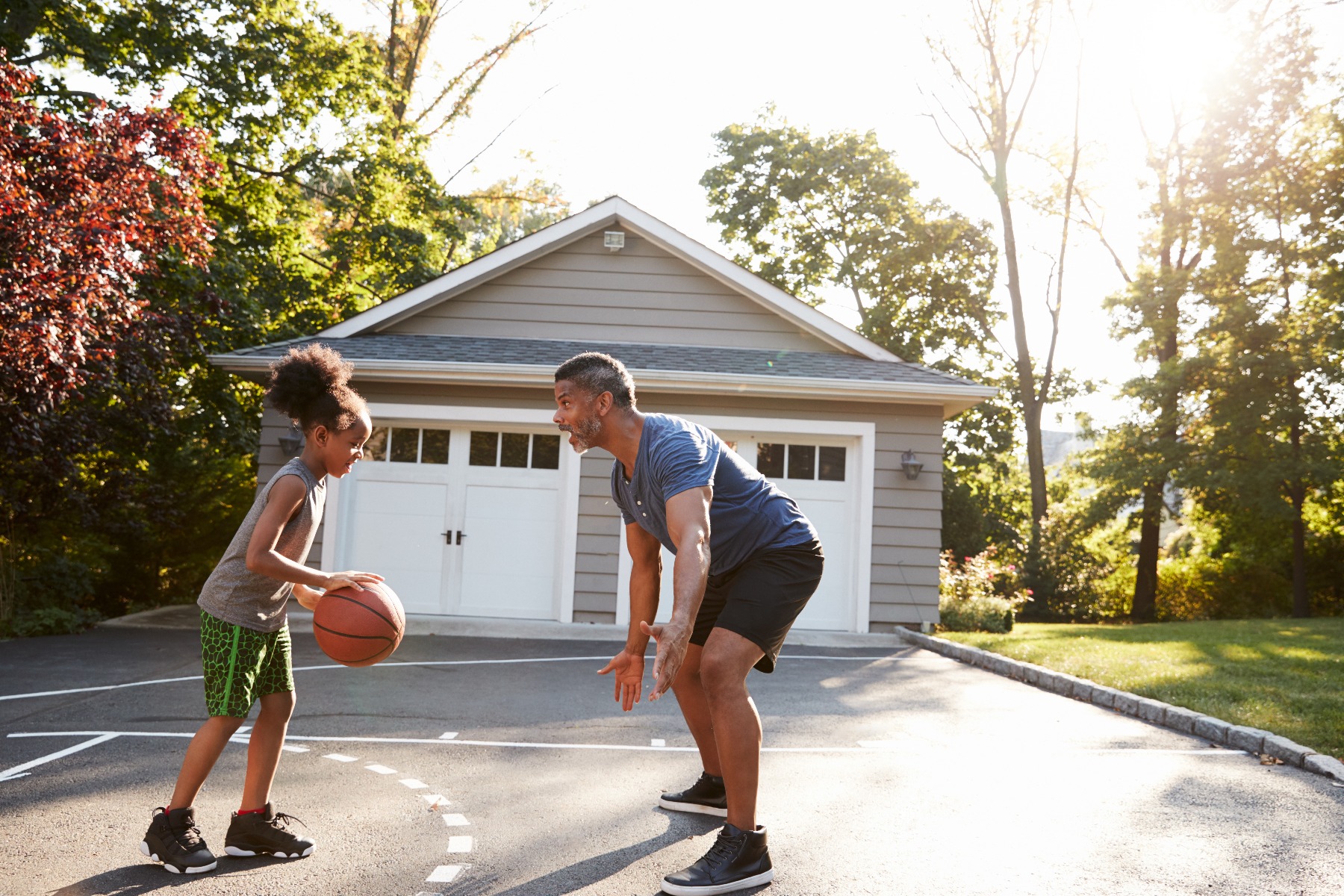
Carefully consider if your child will be participating in youth sports, if they will participate these tips can help reduce their risk:19
- Stay home if sick or if around others who are sick
- Bring your own equipment (bats, gloves, balls, etc.) if possible
- Clean and disinfect equipment between use
- Practice social distancing and keep six feet between players
- Don’t high five, fist bump, handshake, or other physical contact
- Don’t share clothing or towels
- Focus on individual skill building activities like dribbling, batting, kicking, etc.
- Limit full contact to game days and avoid during practice
- Increase space between players in dugout, on bench, and on sidelines
- Have coaches and spectators wear cloth face masks and decide if players will wear masks
- Practice good hand hygiene, have players wash their hands before and after practices, games, and sharing equipment
- Don’t spit
- Consider the amount of exposure and increase in risk depending on the different settings, according to the Center for Disease Control and Prevention, the risk is:
- Lowest Risk: Performing skill-building drills or conditioning at home, alone or with family members
- Increasing Risk: Team-based practice
- More Risk: Within-team competition
- Even More Risk: Full competition between teams from the same local geographic area
- Highest Risk: Full competition between teams from different geographic areas
- If you are a coach or an administrator of youth sports organization, review these additional CDC considerations for youth sports
Best Practices for Indoor Activities
If you’re heading to the gym, the nail salon, the library or another indoor space, be prepared with these COVID-19 prevention tips!
Gyms
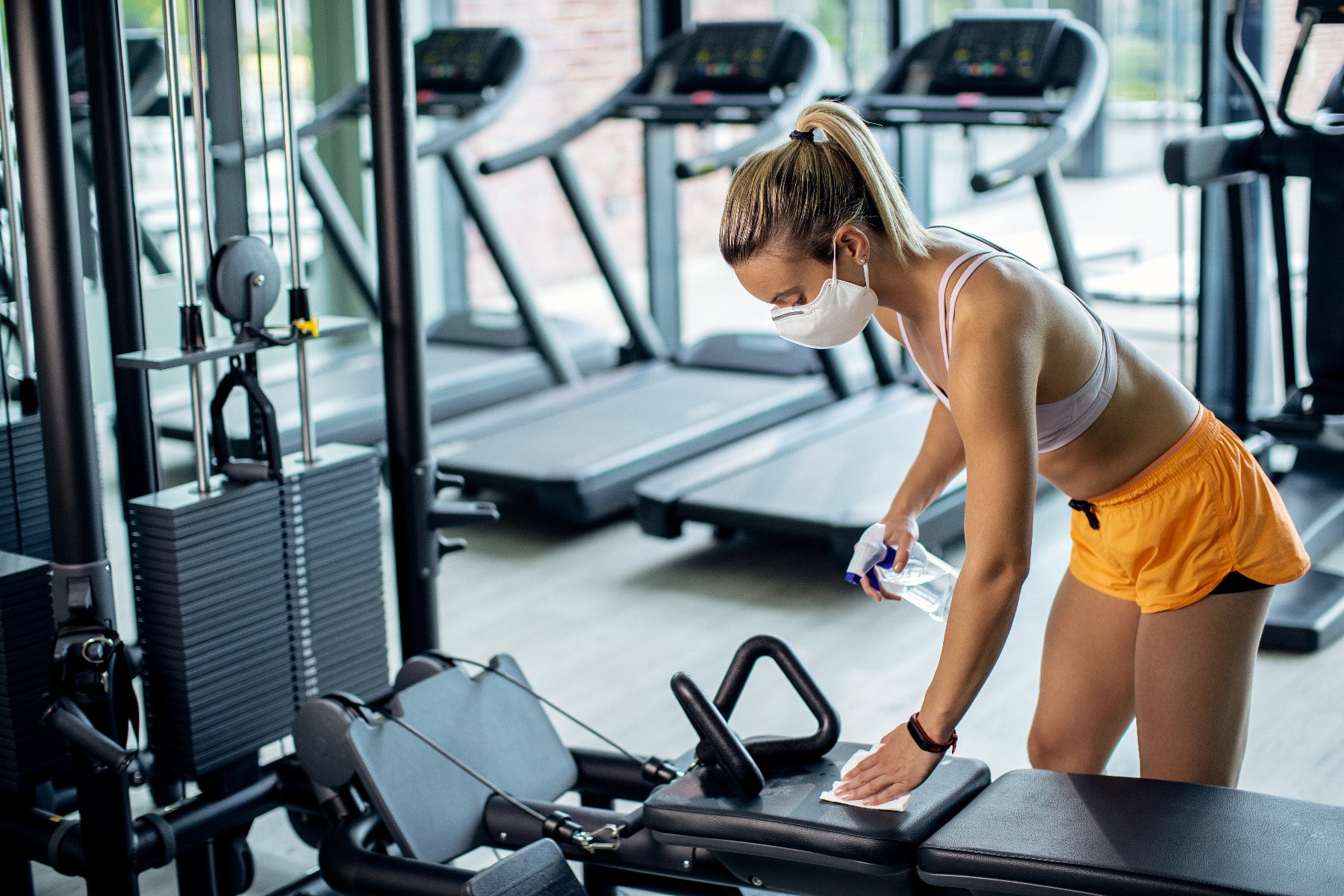
It’s important to stay physically active, even during the pandemic. You can walk, run, or bike outside while social distancing. If you’re choosing to go to a fitness center instead, follow these tips:12
- Use an online check in system if possible
- Seek facilities with outdoor space or online classes if possible
- Ask about additional steps the gym has taken such as plexiglass barriers, staff wearing cloth face masks, or the closing of shower and changing areas besides bathrooms
- Limit indoor class attendance. If you attend, wear a face mask, social distance, and open windows to increase ventilation
- Social distance in all areas, including weight rooms, fitness studios, pools, saunas, courts, walking/running tracks, check-in areas, locker rooms, and parking lots
- Wipe down machines with disinfecting wipes before and after use
- Do not share items that can’t be disinfected between uses
- Wear a cloth face covering. If it is not possible due to the vigorous exercise intensity, perform the exercise outdoors at least six feet away from others
- Wash your hands with soap and water or use hand sanitizer for good hand hygiene, including before and after using exercise machines
Hair and Nail Salons
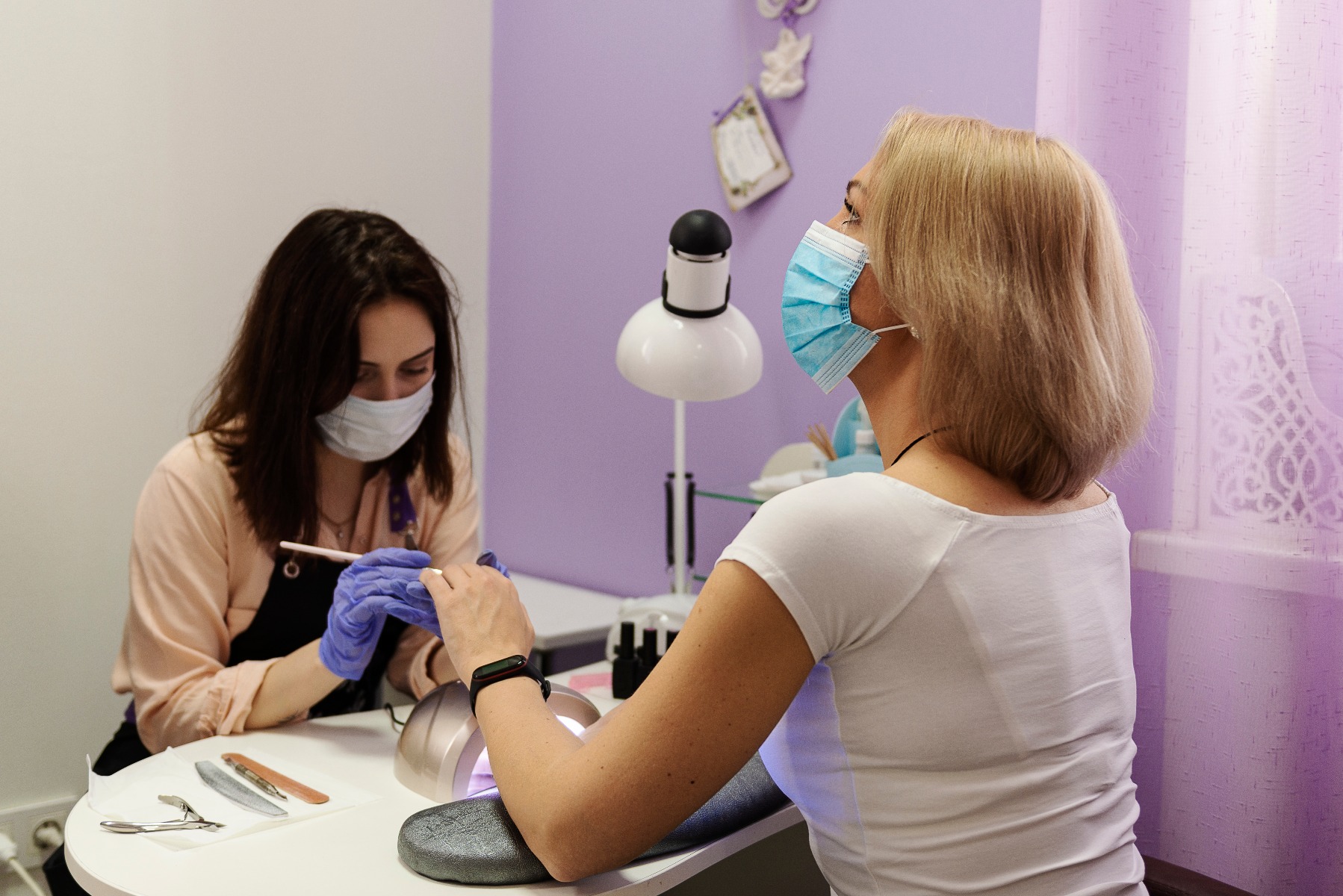
Many people have eagerly waited for hair and nail salons to reopen. Be prepared before going, by reading these tips:12
- Book your service in advance to avoid waiting in the lobby, if you must wait, social distance
- Call and ask if all staff will be wearing a cloth face mask
- Wear a cloth face mask during your entire appointment
- If possible, wait in your car until your salon calls your cell phone to let you know it is your turn to be seen
- Wash your hands or use hand sanitizer immediately before receiving your service and after touching any common surfaces like curing lamps, countertops, doorknobs, toilets, tables, light switches, phones, faucets, sinks, and keyboards
- Use touchless payment options, if not possible, ensure your cash or card is handled by employees who either by changing gloves between each transaction or use of hand sanitizer between clients
Libraries
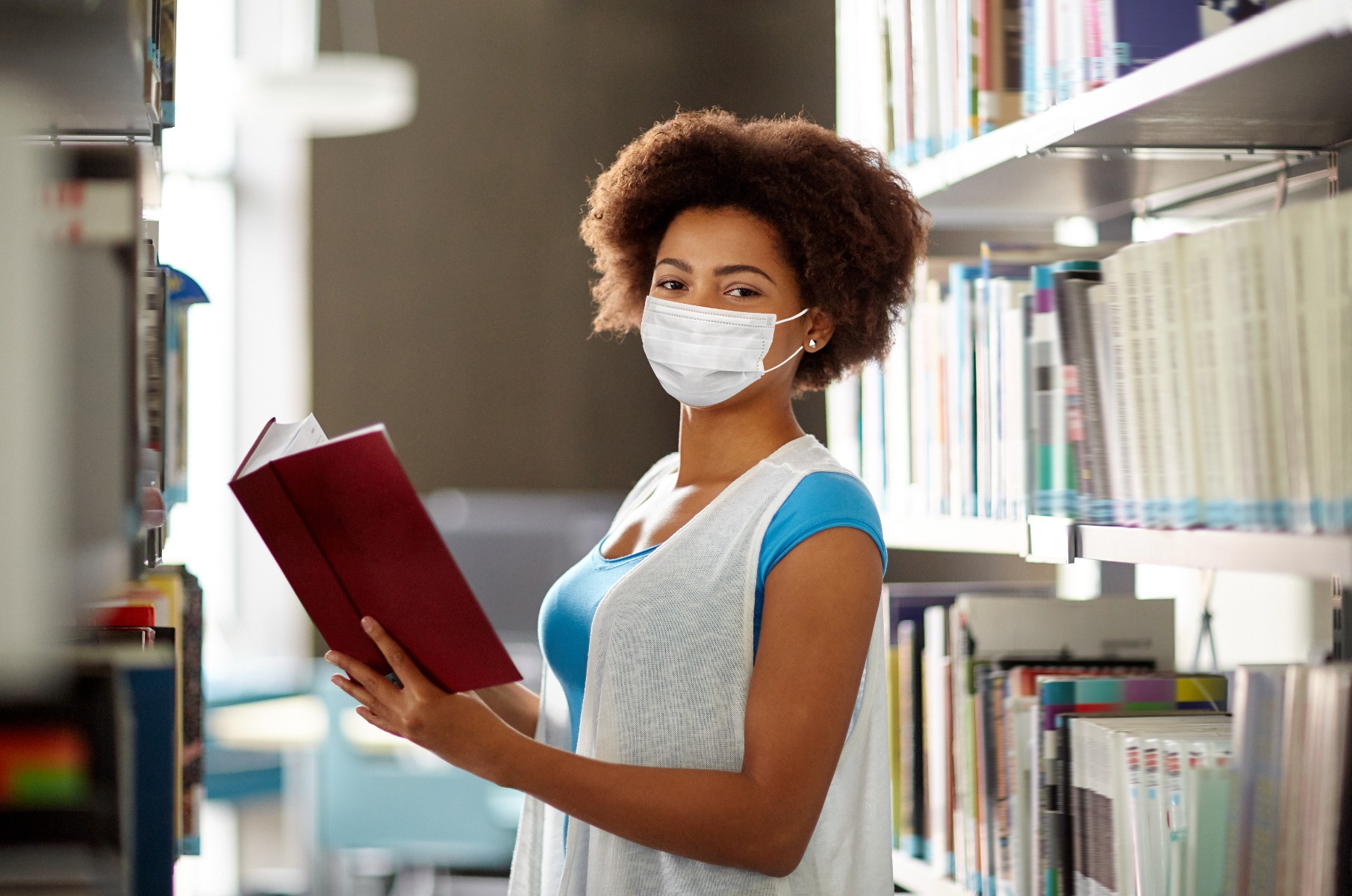
Ready to read a new book or watch a new movie? Follow these suggestions to reduce the spread of COVID-19 during your next library visit:12
- Choose digital materials over print when possible (like an e-book instead of a printed book)
- Use curbside pickup instead of going into the library
- Use cloth face mask coverings during pick-up exchanges
- Use online reservation and check out, if possible
- Wash your hands before and after exchanges
- Clean and disinfect library materials in plastic containers (DVDs, CDs, audio books) during exchanges/returns
- If using a computer station inside the library, use it one at a time and use a disinfectant wipe on the mouse and keyboard between uses
Massage Therapy or Relaxation Places
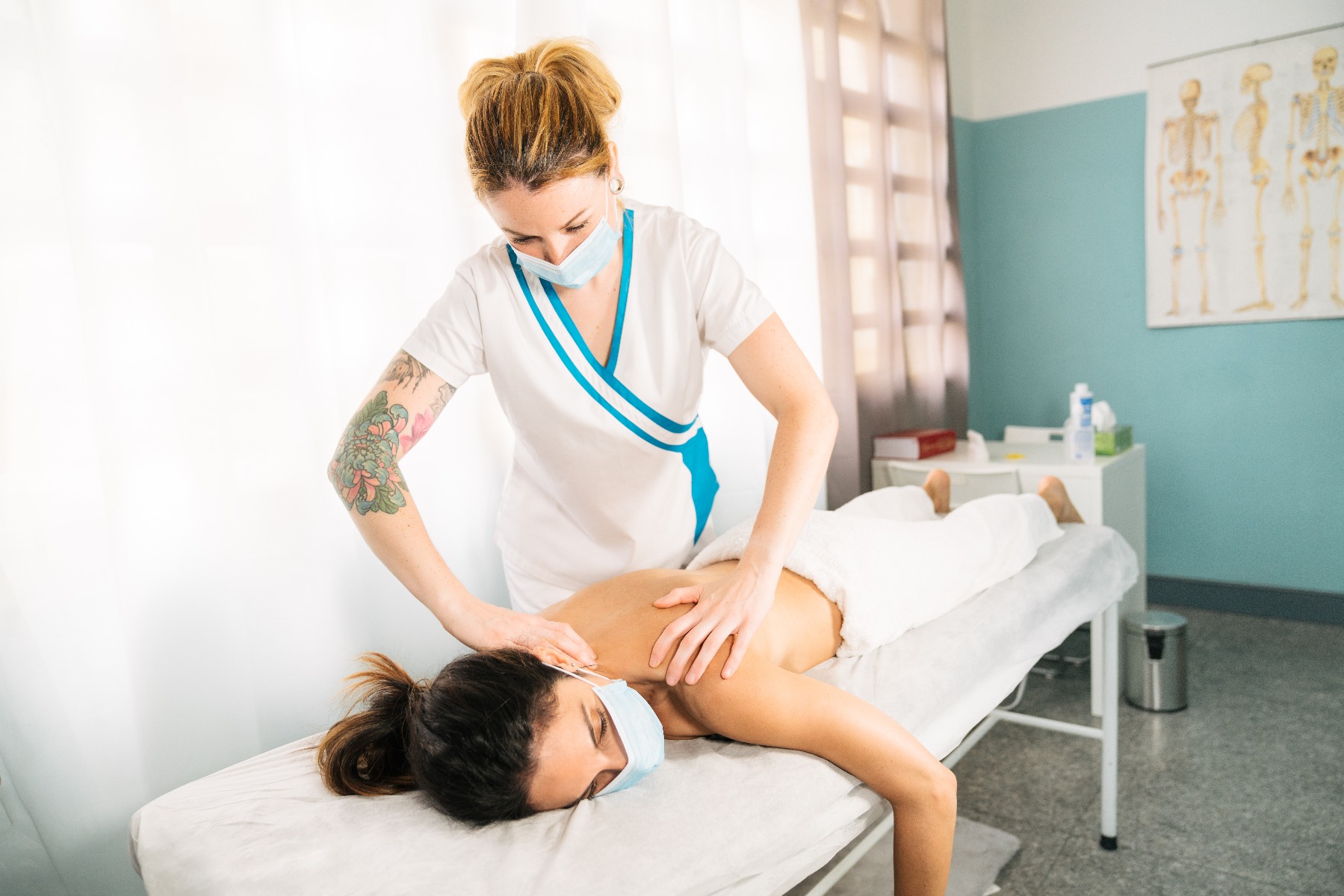
Whether you are going to a massage therapist or a masseuse, make sure you follow these safety tips during your massage:20
- Stay home if you are sick
- Wear a cloth face mask
- Practice good hand hygiene using soap and water or hand sanitizer
- Check in and out using virtual tools and pay using touchless payment methods, if possible
- Practice social distancing
- Ask what precautions your massage therapist is taking to prevent the spread of COVID-19
- Is the number of people limited to allow for social distancing?
- Will massage rooms and common areas be cleaned and disinfected frequently?
- What is their laundry policy for linens, towels and other washable items?
- Will staff be required to wear masks and gloves?
- What other precautions will they take?
Best Practices Recap

While some of these tips vary depending on your setting, many of the most common safety tips remain the same for most activities, including:
- Stay home if you are sick or have been around others who are sick
- Wear a cloth face mask. They should not be worn by children younger than two years old, or anyone who has trouble breathing, is unconscious, incapacitated or otherwise unable to remove the mask without assistance
- Practice social distancing. Keep at least 6 feet of physical distance between you and people who don’t live in the same house as you.
- Practice good hand hygiene. Wash your hands before you eat or touch your face, after you sneeze, blow your nose or cough, and after you touch surfaces that are frequently touched by others or touch your mask. If soap and water aren’t available, use a hand sanitizer that is at least 60% alcohol.
- Follow any local, state, or federal orders or ordinances, such as stay-at-home orders or after travel quarantines
- Check out the CDC’s website to learn more!
References
- CDC. (May 2020). Symptoms of Coronavirus. Centers for Disease Control and Prevention. Retrieved from https://bit.ly/30cdSh7
- CDC. (June 2020). How COVID-19 Spreads. Centers for Disease Control and Prevention. Retrieved from https://bit.ly/33cfQ2Z
- CDC. (July 2020). Social Distancing. Centers for Disease Control and Prevention. Retrieved from https://bit.ly/332p1CV
- CDC. (June 2020). About Cloth Face Coverings. Centers for Disease Control and Prevention. Retrieved from https://bit.ly/2CYNb6G
- CDC. (April 2020). When and How to Wash Your Hands. Centers for Disease Control and Prevention. Retrieved from https://bit.ly/3368DRW
- CDC. (June 2020). Running Essential Errands. Centers for Disease Control and Prevention. Retrieved from https://bit.ly/307ntFU
- US Food & Drug Administration. (May 2020). Shopping for Food During the COVID-19 Pandemic - Information for Consumers. FDA. Retrieved from https://bit.ly/2EnNOH8
- CDC. (June 2020). Food and Coronavirus Disease 2019 (COVID-19). Centers for Disease Control and Prevention. Retrieved from https://bit.ly/3hOsDww
- AlterNet. (September 2016). Can You Guess What’s 11,000 Times Dirtier Than a Toilet Seat? EcoWatch. Retrieved from https://bit.ly/2BJrQ0u
- Clark, P. (April 2020). CDC Provides Useful Tips in Ways You Can Avoid Contact With the Coronavirus. WLBT 3. Retrieved from https://bit.ly/2XoksPR
- CDC. (July 2020). Doctor Visits and Getting Medicine. Centers for Disease Control and Prevention. Retrieved from https://bit.ly/2EwaqFD
- CDC. (July 2020). Personal and Social Activities. Centers for Disease Control and Prevention. Retrieved from https://bit.ly/3k1kcQq
- CDC. (May 2020). Protect Yourself When Using Transportation. Centers for Disease Control and Prevention. Retrieved from https://bit.ly/336SpI0
- CDC. (June 2020). Considerations for Travelers - Coronavirus in the US. Centers for Disease Control and Prevention. Retrieved from https://bit.ly/3jU3K46
- Higgins, T. (April 2020). Churches Allowed to Stay Open in States Where Millions Are Particularly Vulnerable to Coronavirus. CNBC. Retrieved from https://cnb.cx/3k1nmUi
- CDC. (May 2020). Considerations for Communities of Faith. Centers for Disease Control and Prevention. Retrieved from https://bit.ly/39FnBPO
- CDC. (July 2020). Visiting Beaches and Pools. Centers for Disease Control and Prevention. Retrieved from https://bit.ly/3hQLYx9
- CDC. (June 2020). Visiting Parks and Recreational Facilities. Centers for Disease Control and Prevention. Retrieved from https://bit.ly/2Dloy3J
- CDC. (July 2020). Playing Youth Sports. Centers for Disease Control and Prevention. Retrieved from https://bit.ly/2BFsHzf
- Mayo Clinic. (June 2020). COVID-19 Safety: Tips For Travel, Restaurants, And The Gym. Mayo Clinic. Retrieved from https://mayocl.in/3hK3OBK
Medical Disclaimer: The information provided on this site, including text, graphics, images and other material, are for informational purposes only and are not intended to substitute for professional medical advice, diagnosis or treatment. Always seek the advice of your physician or other healthcare professional with any questions or concerns you may have regarding your condition.

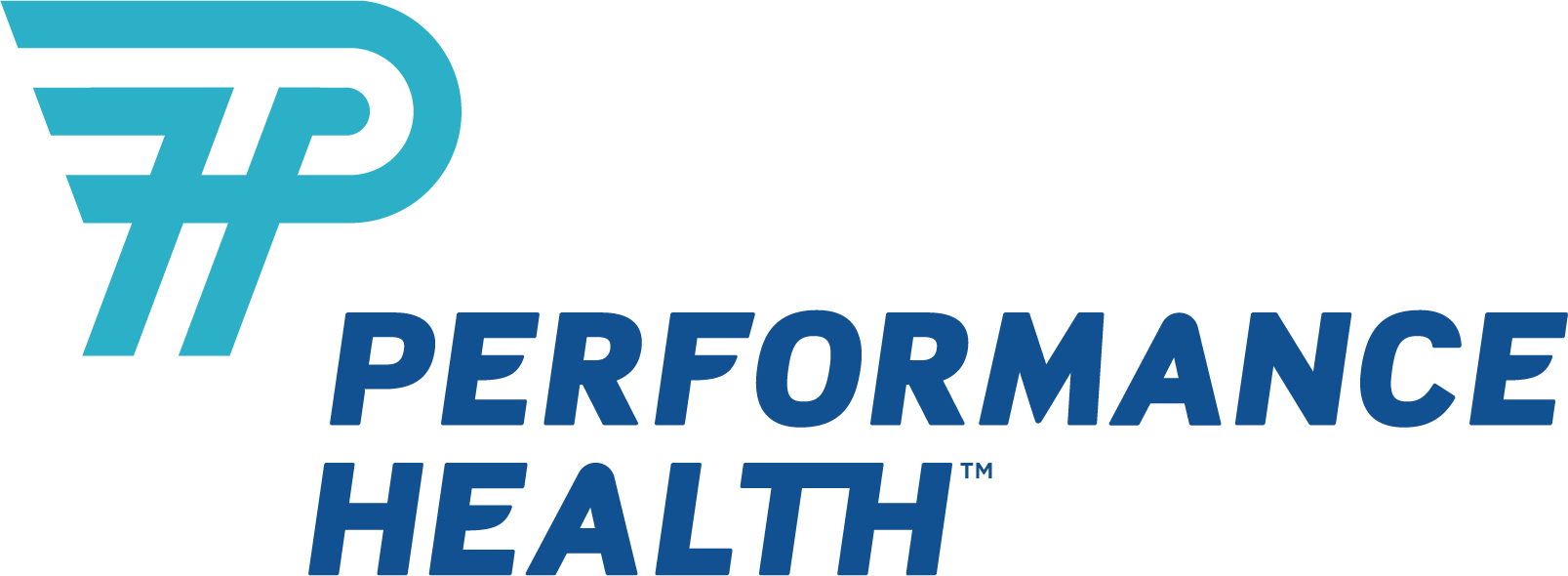






 France
France Australia
Australia

